Create a Food Delivery App like Foodpanda: Easy Steps
Hey there, my friend! Have you ever wondered how those awesome food delivery apps work? You know, the ones that magically bring hot and tasty meals right to your doorstep with just a few taps on your phone. Well, today I've got something super exciting for you. We're diving into the world of food delivery app development, and I'll be your guide every step of the way.

So, get ready to embark on this thrilling adventure, as we uncover the secrets behind creating a fantastic app like Food Panda. From market research to nailing the perfect features, we've got you covered. Let's roll up our sleeves and build something extraordinary together, shall we?
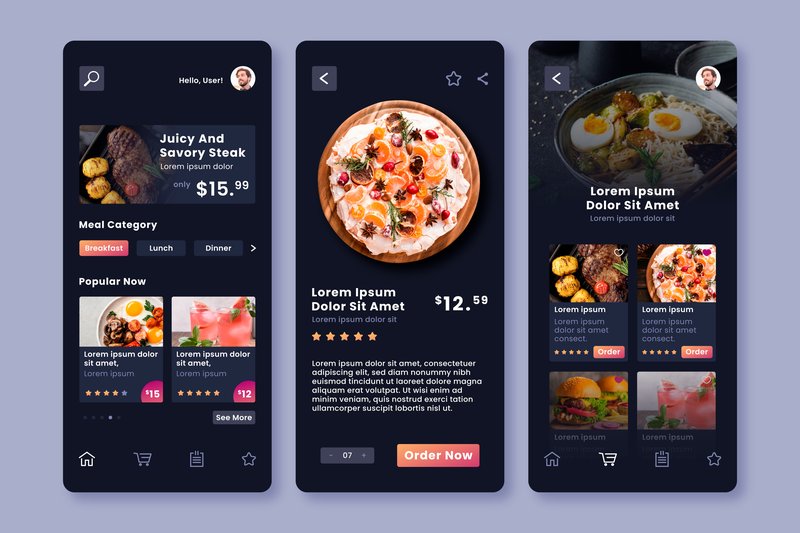
Get ready to revolutionize the way people satisfy their cravings!
Market Research:
Now, before we jump headfirst into app development, let's talk about a crucial step that often gets overlooked—market research. Trust me, this is where the magic happens! By conducting thorough market research, you'll lay a solid foundation for your app's success.
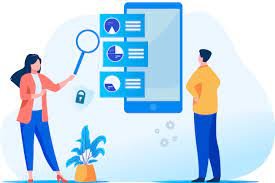
Why is market research so important? Well, think of it as your secret weapon to understanding the ever-evolving needs and desires of your potential users. It helps you uncover valuable insights, like who your target audience is and what they're looking for in a food delivery app.
So,
How do we go about this? Start by identifying your target market. Who are the people you want to serve? Are they college students craving late-night snacks or busy professionals seeking convenience? Get to know them inside out—their demographics, preferences, and behaviors. For example, if you're targeting college students, you might discover they value affordability and quick delivery above all else.
Next,
Take a peek at the competition. Analyze existing food delivery apps in your target market. What features do they offer? How do they engage with users? Look for opportunities to differentiate yourself and give users something they can't resist. Remember, it's all about standing out in a crowded space!
By diving deep into market research, you'll gain invaluable insights that will shape the success of your app. So, let's get our detective hats on and uncover what makes your target audience tick!
Establishing Your Unique Selling Proposition (USP):
Alright, now it's time to unleash your creativity and define your app's Unique Selling Proposition (USP). Think of it as your secret sauce—the special ingredient that sets your app apart from the rest.
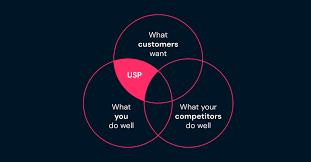
So,
how do we do this? Well, it all starts with brainstorming those killer features and value propositions that will make users go, "Wow, this app is amazing!"
Imagine this: Let's say your app focuses on ultra-fast delivery, where you guarantee to satisfy those late-night cravings within 15 minutes. That's a game-changer, right? Or maybe you want to offer a wide range of dietary options, catering to various preferences like vegan, gluten-free, or keto. That's another unique angle!
The key here is to think outside the box and find that sweet spot where your app meets the unmet needs of your target audience. Consider what makes you different from your competitors. Is it your user-friendly interface, personalized recommendations, or exceptional customer service? Whatever it is, highlight it and make it your USP.
Collaboration with Relevant Stakeholders:
Now, let's talk about the power of collaboration and the importance of building solid relationships with stakeholders in your food delivery app venture. Trust me, this is where teamwork makes the dream work!
First off, you'll need to establish partnerships with suppliers, vendors, and delivery personnel. These key players will ensure a smooth operational flow for your app. Imagine having a reliable network of suppliers who provide fresh ingredients or partnering with delivery personnel known for punctuality and professionalism. It's a recipe for success!
But how do you find the right stakeholders? Start by identifying those who align with your app's values and goals. Look for suppliers or vendors who share your commitment to quality and timely service. When it comes to delivery personnel, reliability, and efficiency are paramount.
Reach out to them, my friend! Show them how your app can be a platform for their growth and success too. Establish open lines of communication, negotiate mutually beneficial terms, and build trust. Remember, a strong network of stakeholders will be the backbone of your app's success.
Choosing the Right Monetization Model:
Ah, the sweet smell of success! Now, let's talk about the exciting topic of monetization and how you can turn your food delivery app into a profitable venture.
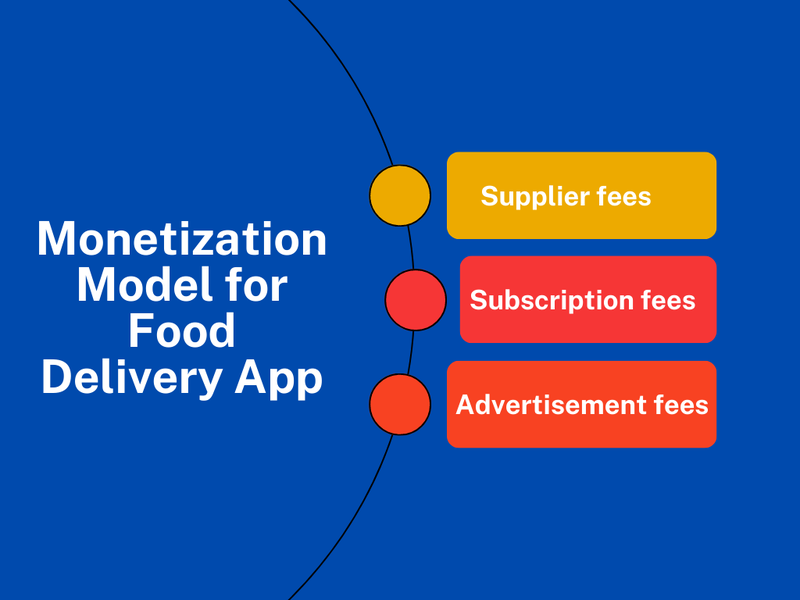
Let's explore the various monetization strategies at your disposal. There are a few options to consider, such as supplier fees, subscription fees, and advertisement fees. Think of them as different ingredients that can spice up your revenue recipe.
For example,
- Supplier fees involve charging a commission to the suppliers or restaurants for being part of your app's platform.
- Subscription fees, on the other hand, can offer users exclusive perks and benefits for a recurring monthly or annual fee.
- Advertisement fees, where you can collaborate with businesses to promote their products or services within your app.
Important Tip—choosing the most appropriate revenue model for your app. Consider factors like your
- target audience
- competitors' pricing strategies
- the value you provide to users.
Are you targeting budget-conscious students who might prefer a subscription model? Or maybe your app caters to high-end customers who are open to paying supplier fees for premium offerings.
Think about what aligns with your app's overall vision and user experience. And don't be afraid to experiment and iterate along the way. The key is finding the right balance between generating revenue and providing value to your users
Necessary Features for a Delivery App like Food Panda:
Alright, let's dive into the must-have features that will make your delivery app shine like a star. We want to create an experience that will have customers and suppliers raving about your app!
1. Customer Interface Features:
First impressions matter, so let's make the onboarding process a breeze.
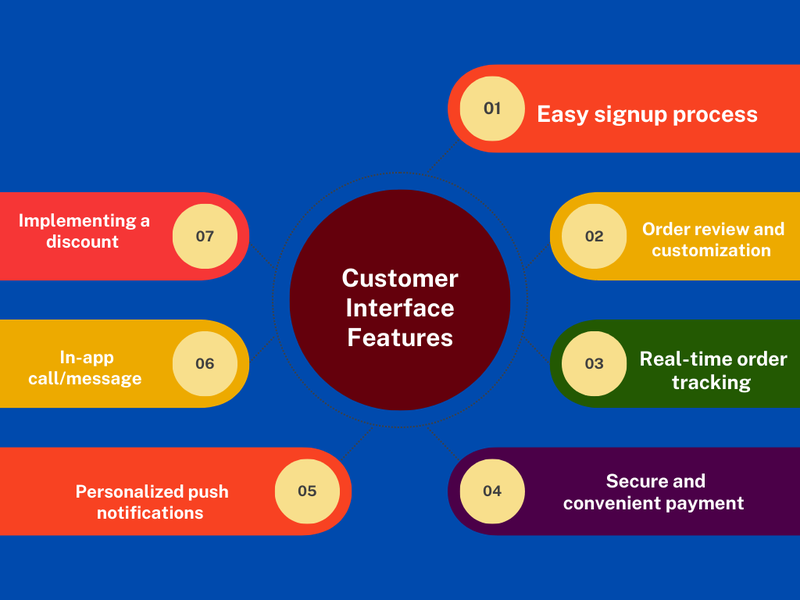
Easy signup process to onboard new customers smoothly:
The app should provide a seamless and user-friendly signup process, allowing new customers to create an account quickly and effortlessly. By minimizing friction during the registration process, users can start using the app without any hassle.
Order review and customization options for enhanced user experience:
Customers should have the ability to review their orders before finalizing them. Additionally, the app should offer customization options, such as adding or removing items, selecting preferences, and specifying delivery instructions. This level of control enhances the user experience, ensuring that customers receive exactly what they want.
Real-time order tracking to keep customers informed about their deliveries:
The app should incorporate a real-time order tracking feature that allows customers to monitor the progress of their deliveries. By providing updates on the status and location of the delivery, users can have peace of mind and plan accordingly.
Secure and convenient payment options for seamless transactions:
To ensure a smooth and frictionless payment process, the app should offer secure and convenient payment options. This can include integration with popular payment gateways, digital wallets, or even cash on delivery, providing customers with flexibility and peace of mind.
Personalized push notifications to engage and update users about offers and discounts:
The app should utilize personalized push notifications to engage users and keep them updated about exclusive offers, discounts, and promotions. By delivering tailored notifications based on user preferences and behavior, the app can encourage repeat usage and foster customer loyalty.
In-app call/message feature for direct communication with support teams:
It's essential to include an in-app call or messaging feature that allows customers to directly communicate with the support teams. This enables users to seek assistance, ask questions, or resolve any issues they may encounter during the ordering process, ensuring excellent customer service.
Implementing a discount system to incentivize user loyalty:
A well-designed discount system can incentivize user loyalty by offering rewards, discounts, or loyalty points based on user behavior, frequency of orders, or order value. This encourages customers to return to the app for future orders and fosters a sense of appreciation for their continued support.
2. Supplier Interface Features:
Our suppliers are the backbone of your app, so let's equip them with the tools they need to shine.
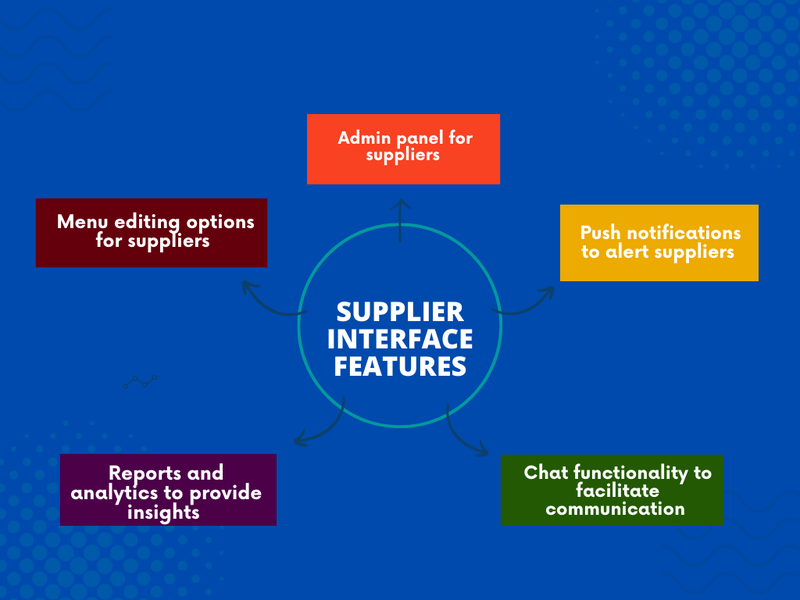
Admin panel for suppliers to manage their products and orders efficiently:
The app should provide suppliers with an intuitive admin panel that allows them to efficiently manage their products, inventory, and orders. This includes features such as adding or removing items, updating prices, tracking order statuses, and managing stock levels.
Push notifications to alert suppliers about new orders and updates:
Suppliers should receive push notifications in real-time whenever new orders are placed or when there are updates regarding their products or deliveries. This ensures timely communication and allows suppliers to prepare and fulfill orders promptly.
Chat functionality to facilitate communication between suppliers and customers:
A built-in chat feature enables seamless communication between suppliers and customers. This allows customers to inquire about product availability, request customizations, or seek clarification, while suppliers can respond promptly, ensuring a smooth and personalized shopping experience.
Reports and analytics to provide insights into sales and performance:
The app should provide suppliers with comprehensive reports and analytics to gain valuable insights into their sales performance. This includes information on order volume, popular products, customer preferences, and other key metrics. These insights can help suppliers make informed business decisions and optimize their offerings.
Menu editing options for suppliers to update their offerings easily:
Suppliers should have the ability to easily update and modify their menu or product offerings within the app. This includes adding new items, changing prices, updating descriptions, or marking items as out of stock. Such flexibility empowers suppliers to adapt to changing customer demands and ensure accurate product information.
3. Delivery Interface Features:
Our delivery heroes deserve the best tools to conquer their routes.
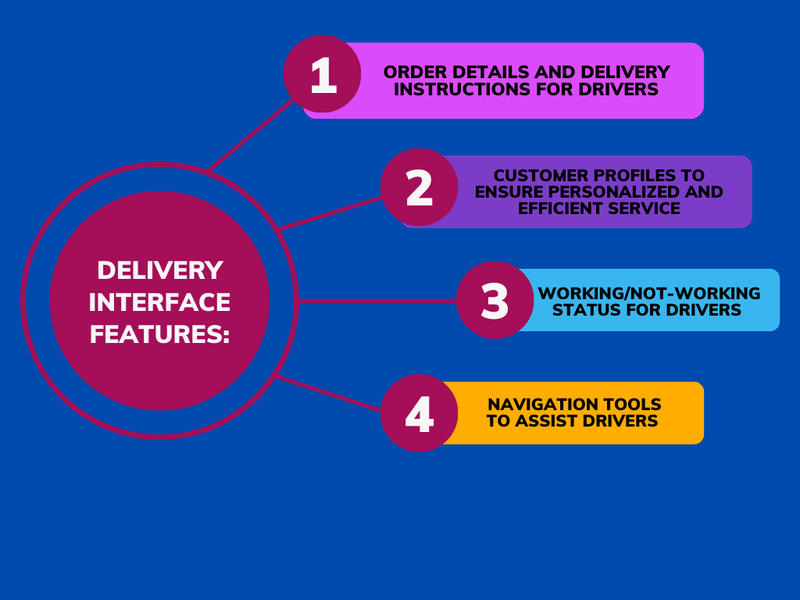
Access to order details and delivery instructions for drivers:
The delivery interface should provide drivers with comprehensive information about each order, including the customer's address, contact details, and specific delivery instructions. This ensures that drivers have all the necessary details to fulfill the order accurately and efficiently.
Customer profiles to ensure personalized and efficient service:
By accessing customer profiles, drivers can view important information about individual customers, such as their preferences, previous orders, and special instructions. This enables drivers to provide personalized and efficient service, catering to the unique needs of each customer.
Working/not-working status for drivers to manage their availability:
To streamline operations, the app should include a feature that allows drivers to set their availability status, indicating whether they are currently available for deliveries or not. This helps in managing driver schedules and ensuring the optimal allocation of resources.
Navigation tools to assist drivers in reaching their destinations efficiently:
The app should integrate reliable navigation tools, such as GPS or map services, to assist drivers in finding the most efficient routes to customer locations. This helps save time, reduces delivery delays, and enhances overall delivery efficiency.
Challenges of Building a Delivery App like Food Panda:
Building a delivery app like Food Panda comes with its fair share of challenges. Let's explore some of the common hurdles you may encounter during the development process and discuss practical solutions to overcome them.
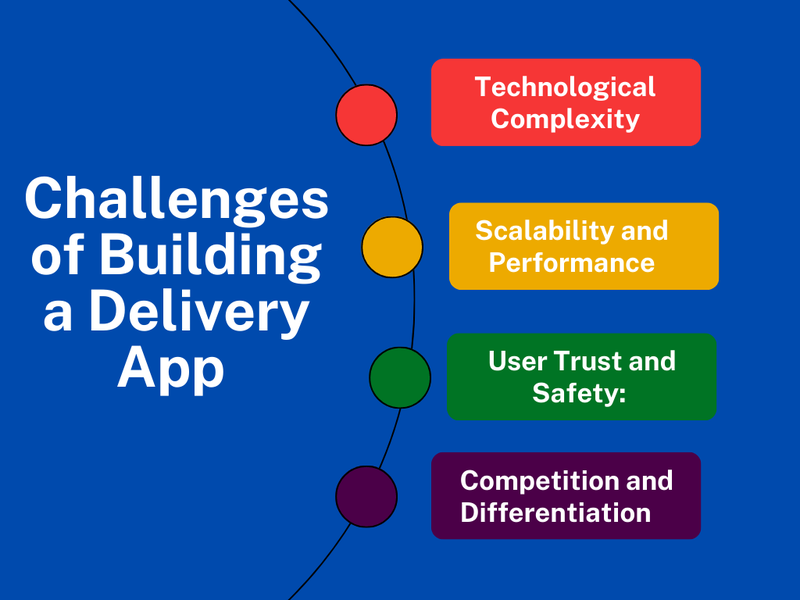
Technological Complexity:
Developing a feature-rich and user-friendly delivery app requires expertise in various technologies, including backend development, front-end design, and database management. To overcome this challenge, consider partnering with an experienced app development company that can provide the necessary technical expertise and support.
Scalability and Performance:
As your delivery app gains popularity, handling a large volume of orders and ensuring smooth performance becomes crucial. Implementing scalable infrastructure and optimizing code can help address these challenges. Additionally, regularly monitoring app performance and conducting load testing can identify potential bottlenecks and allow for necessary optimizations.
User Trust and Safety:
Building trust with users is essential for the success of your delivery app. Addressing concerns related to data security, privacy, and reliable delivery services is crucial. Implement robust security measures, such as secure payment gateways and data encryption, to protect user information. Conduct thorough background checks on delivery personnel and establish a transparent feedback system to build trust among users.
Competition and Differentiation:
The food delivery market is highly competitive, and distinguishing your app from competitors is vital. Identify your unique selling points (USPs) and emphasize them in your app's branding and marketing. Offer innovative features, exceptional customer service, or exclusive partnerships to stand out from the crowd.
Technology Stack for a Delivery App:
When it comes to building a delivery app, choosing the right technology stack is crucial. Let's dive into the recommended options for the backend, frontend, and database, and understand why scalability, security, and performance are important considerations.
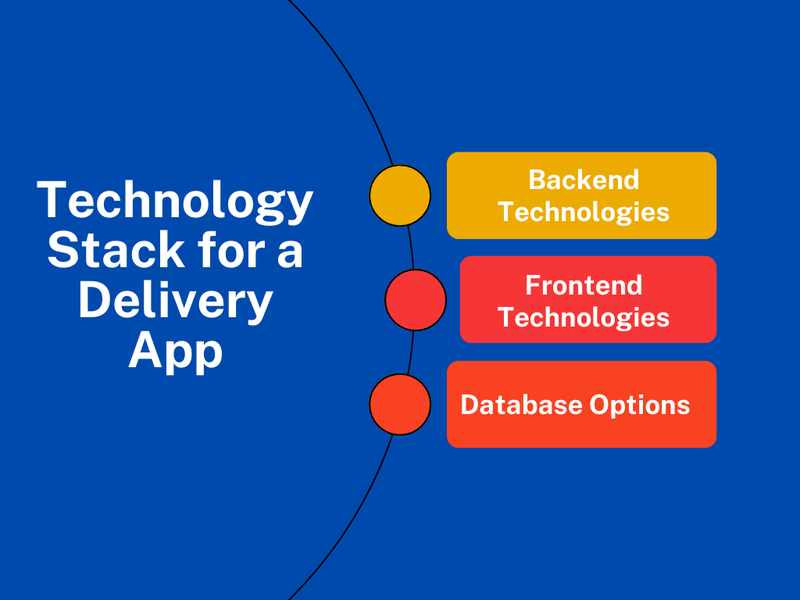
Backend Technologies:
For the backend, popular choices include Node.js, Ruby on Rails, or Django. These frameworks offer flexibility, robustness, and scalability, allowing you to handle a large number of requests efficiently. For example, Node.js is known for its event-driven architecture, making it suitable for real-time features like order tracking.
Frontend Technologies:
When it comes to the front end, technologies like React Native or Flutter are worth considering. These frameworks enable you to build a cross-platform app, ensuring compatibility across different devices and delivering a seamless user experience. With a single codebase, you can target both iOS and Android platforms, saving time and effort.
Database Options:
The choice of a database depends on your specific requirements. For structured data, relational databases like PostgreSQL or MySQL are reliable options. If you deal with large amounts of unstructured data, a NoSQL database like MongoDB or Firebase can provide scalability and flexibility.
Scalability, security, and performance are crucial factors when selecting technologies. Ensure the chosen stack can handle increasing user demand and provide a secure environment for transactions and data storage. Additionally, opt for technologies that offer efficient caching mechanisms and support for horizontal scaling to accommodate future growth.
Conclusion:
In conclusion, building your own food delivery app like Food Panda requires careful planning, market research, and collaboration. By following the step-by-step guide outlined in this article, you can create a successful app that meets your users' needs.
When it comes to choosing a development partner, consider Decodermind, a leading software development company. With their expertise, experience, and commitment to excellence, they are the ideal choice to bring your food delivery app to life. Trust Decodermind to provide innovative solutions, reliable support, and a seamless development process for your next mobile app project.
Embark on your app development journey with confidence and turn your food delivery business into a resounding success. Good luck!

 Hamid Salman
Hamid Salman